Coil and rotary tattoo machines are two different types of devices used for tattooing, and they have distinct differences in their design, operation, and performance.
Here’s an overview of the contrasts between coil and rotary tattoo machines:
Design
Coil Tattoo Machine: The coil machine consists of electromagnetic coils that create an oscillating motion to move the tattoo needle up and down. It typically has a more complex and bulkier design compared to a rotary machine, with multiple coils, springs, and an armature bar.
Check our 2023 review for the best Coil Tattoo Machines here
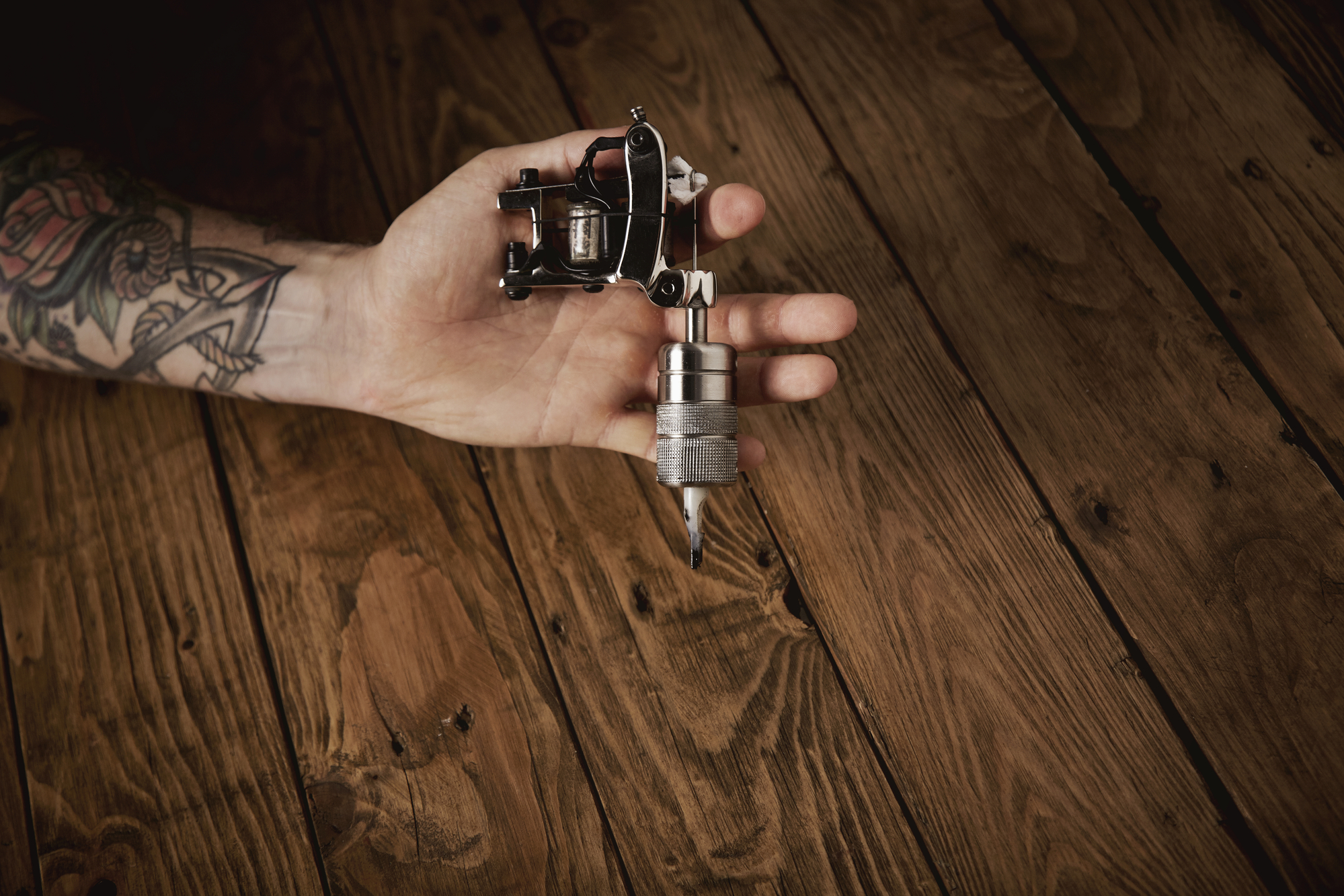
Rotary Tattoo Machine: The rotary machine features a simpler design, typically resembling a pen or a cylindrical shape. It utilizes a motor to rotate the needle in a circular motion, eliminating the need for the up-and-down movement found in coil machines.
Check out our 2023 selection of Rotary Tattoo Machines here

Operation
Coil Tattoo Machine: The electromagnetic coils in a coil machine generate a magnetic field when powered, which activates the armature bar and causes the attached tattoo needle to move up and down rapidly. This rapid motion punctures the skin, delivering the tattoo ink.
Rotary Tattoo Machine: A rotary machine relies on a rotating motor to drive the tattoo needle in a smooth circular motion. The motor’s rotation moves the needle in a consistent and controlled manner, allowing for precise tattooing.
Performance
Coil Tattoo Machine: Coil machines are known for their power and ability to deliver strong, deep lines. They excel in creating bold, traditional tattoos and are favored by many experienced artists for their versatility and customization options.
Rotary Tattoo Machine: Rotary machines offer a quieter and gentler operation, making them suitable for shading, color packing, and fine line work. They provide more consistent needle motion and are often preferred for creating smooth gradients, intricate details, and realistic tattoos.
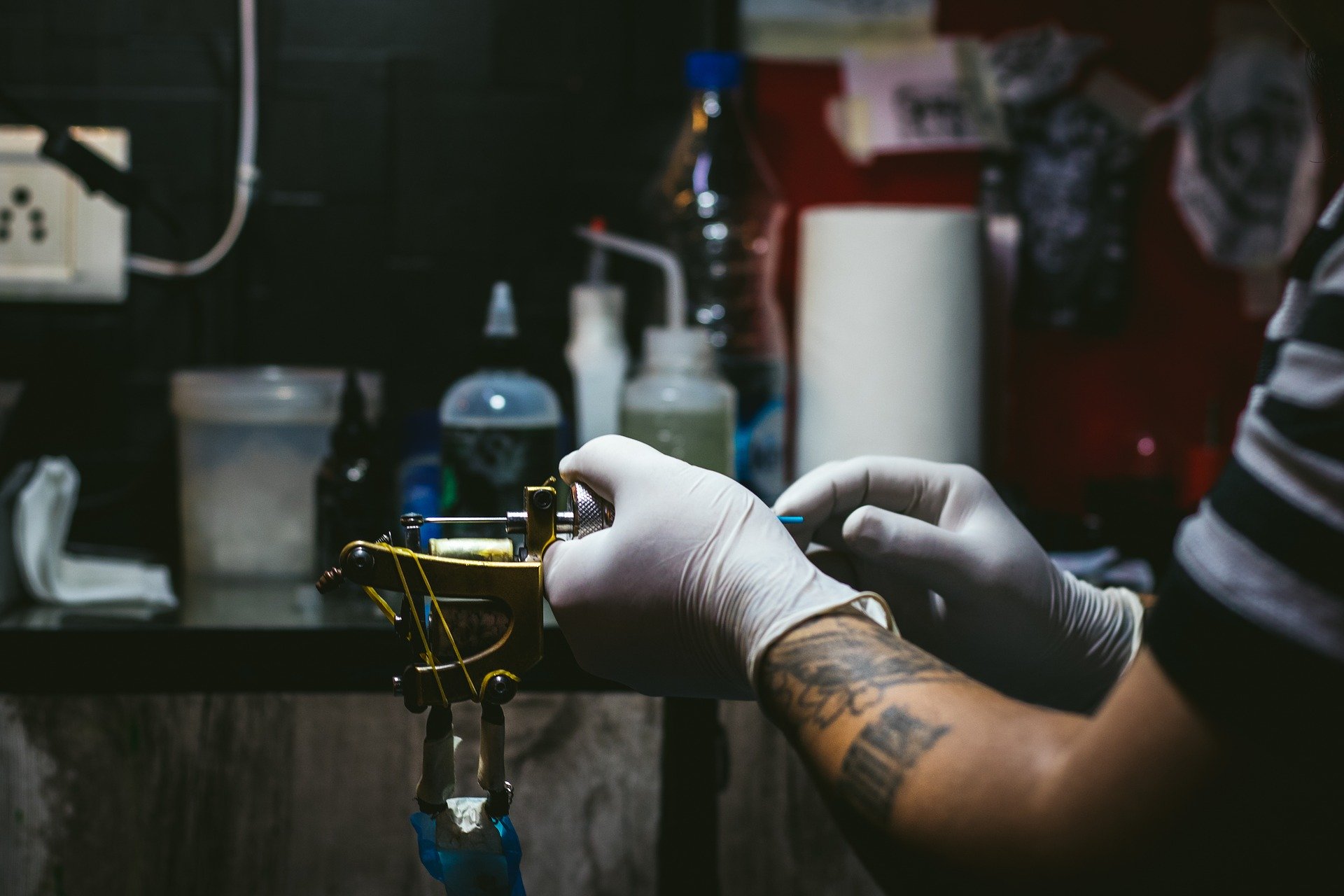
Speed and Needle Adjustment
Coil Tattoo Machine: Coil machines tend to have faster needle speeds, making them efficient for outlining and filling large areas. Artists can adjust the speed and hit of the needle by tuning the machine’s components, such as the voltage and spring tension.
Rotary Tattoo Machine: Rotary machines allow for more precise control over the speed and needle depth. Artists can adjust the machine’s speed and needle extension to achieve the desired effect for different tattooing styles and techniques.
Weight and Handling
Coil Tattoo Machine: Coil machines are generally heavier due to their complex design and additional components. The weight distribution can vary depending on the specific configuration. Artists may need more hand strength to handle the machine during longer tattoo sessions.
Rotary Tattoo Machine: Rotary machines are typically lighter and have a pen-like grip, providing better maneuverability and comfort. They are favored by artists who value a lightweight and ergonomic design that reduces hand fatigue during extended tattooing sessions.
In conclusion
Both coil and rotary tattoo machines have their own strengths and are suited for different artistic preferences and tattoo styles. It ultimately comes down to the artist’s personal preference and expertise in using each type of machine to achieve the desired tattoo outcome.
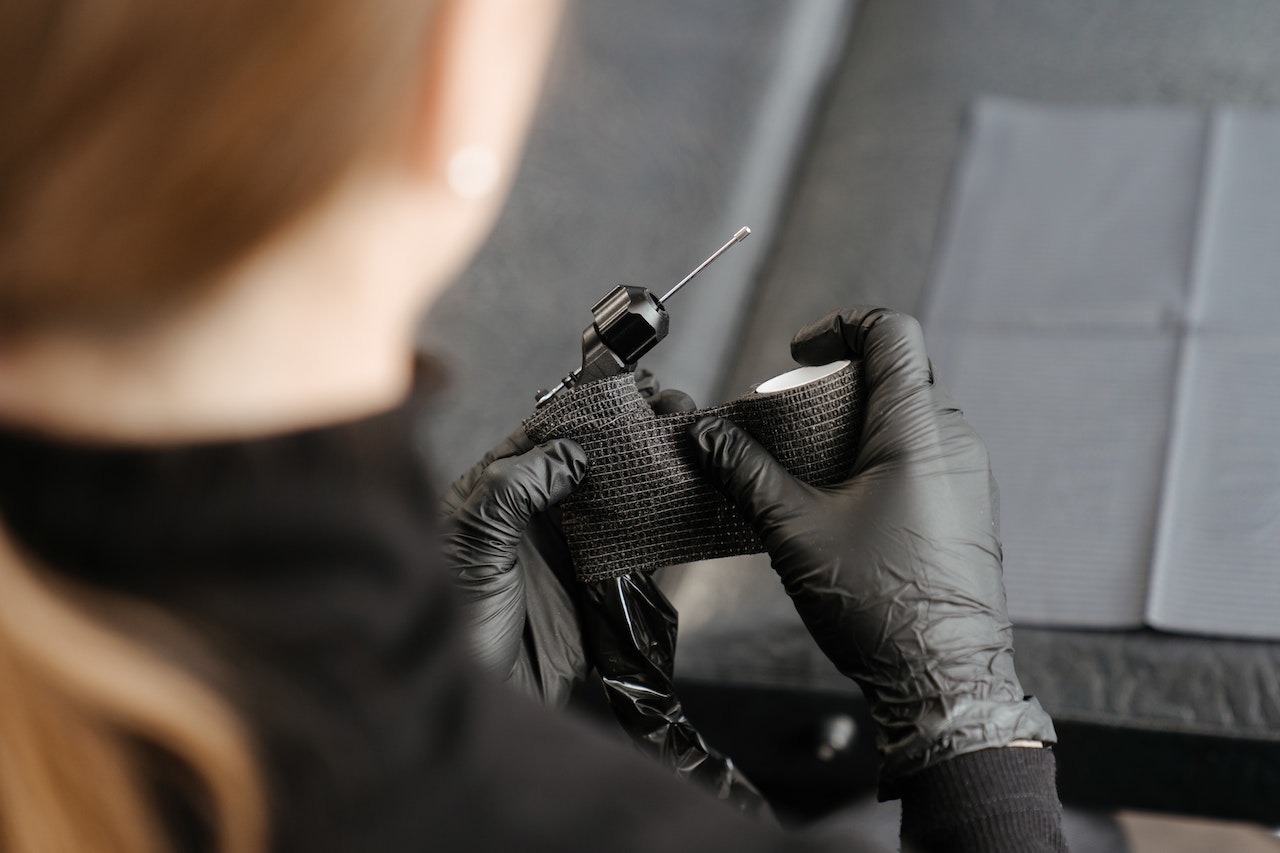
Related Content
Stigma Rotary Tattoo Machine Review 2023

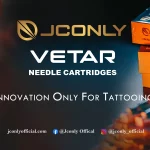
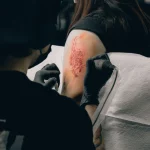
No Comment! Be the first one.